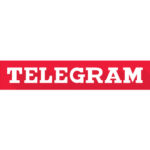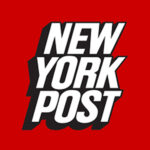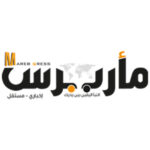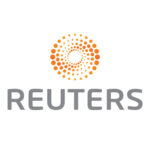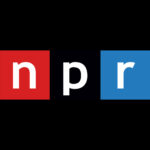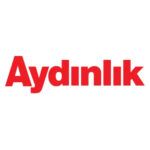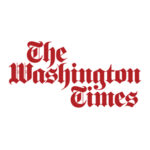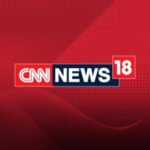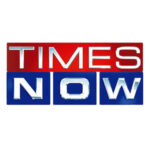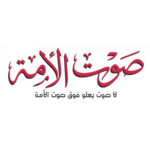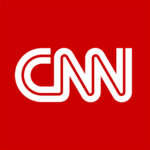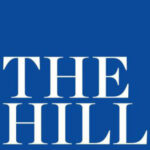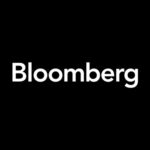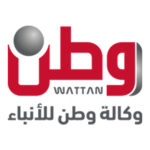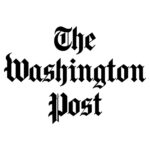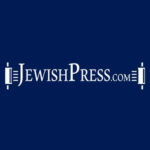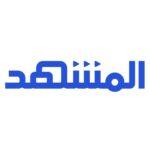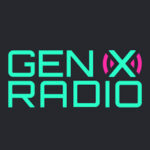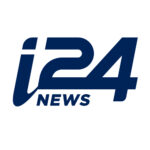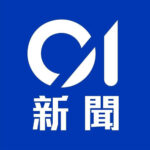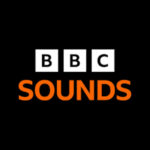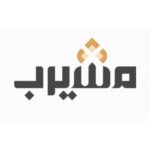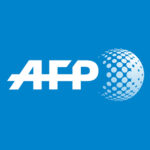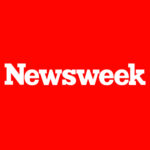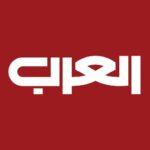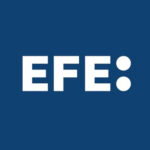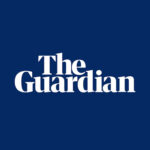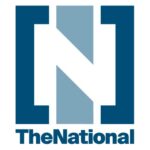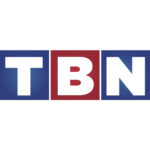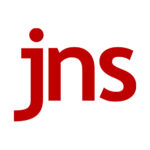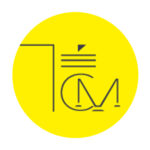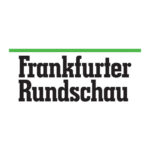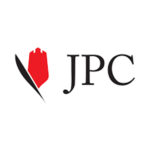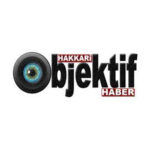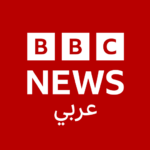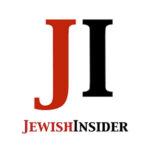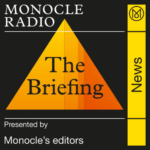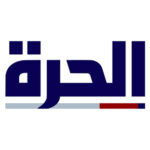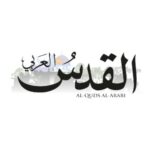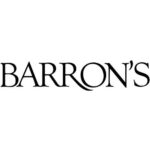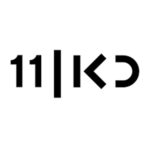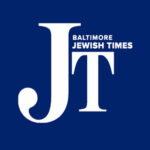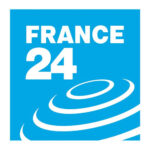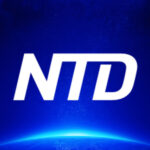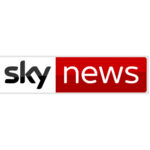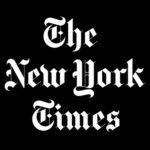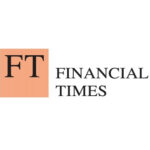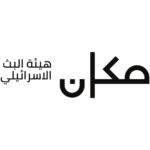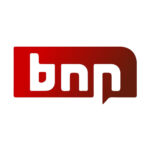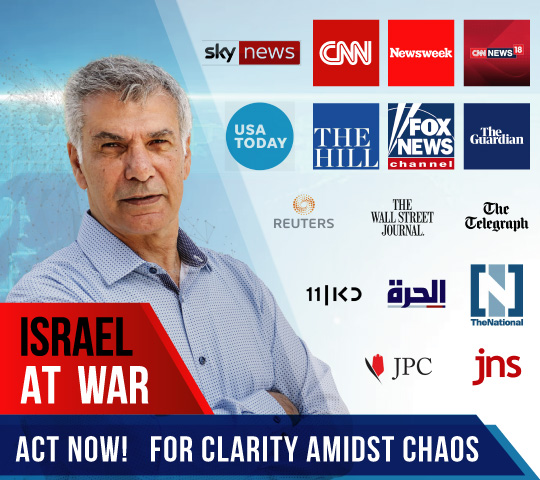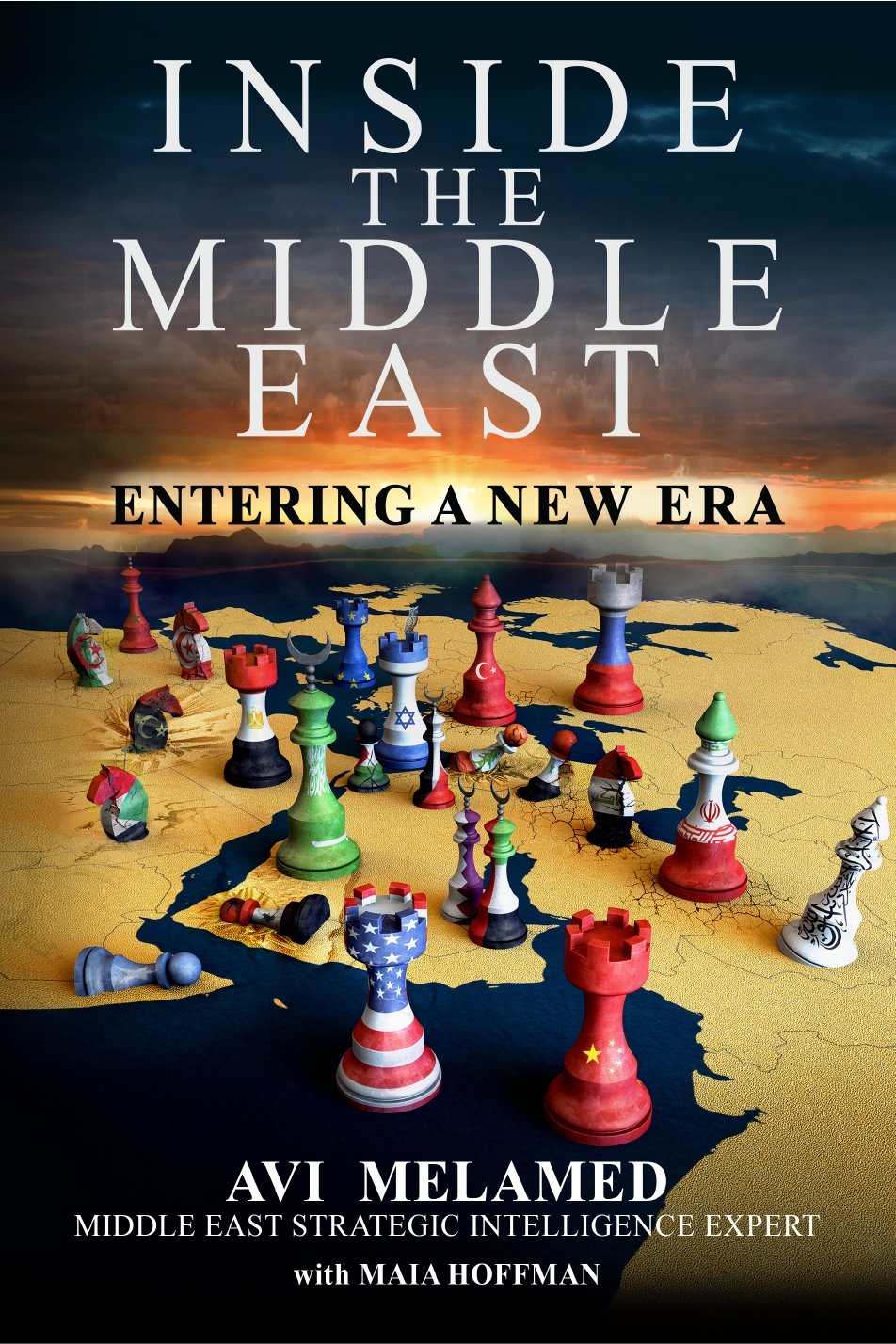|
Getting your Trinity Audio player ready...
|
Inside Hezbollah’s Private Dominion
The southern quarter of Beirut, the capital of Lebanon, is known by the name Al Dahya Al Janobiya. Since the 1980’s Al Dahya has been primarily populated by Shiites most of whom came to Beirut from the southern part of Lebanon and the Beqa’a area (a 120 km long and narrow valley in the center of Lebanon).
Al Dahya is also the nerve center of Hezbollah. Al Dahya is the home of Hezbollah’s central headquarters as well as their main offices, thousands of Hezbollah members live there, including its senior leadership. Al Dahya, like southern Lebanon and the Beqa’a area, is completely under the control of Hezbollah. Practically speaking, the State of Lebanon has no sovereignty in these areas. Al Dahya, the Beqa’a and South Lebanon are the private kingdom of Hezbollah, and Al Dahya is its capital.
I would like to take you on a tour of Al Dahya.
As you enter Al Dahya you are first struck by the huge posters plastering the walls of the buildings and lining the city’s streets. The posters are of the “Commander,” the “Guide” and the “Master” in this order: The Commander is Ayatullah Ruhullah Khomeini, the founder of the Islamic Revolution in Iran; the Guide is Ayatollah Seyed Ali Hoseyni Khāmene’i, the current spiritual leader of the Islamic Republic of Iran; and the Master is Hassan Nasrallah, the Secretary General of Hezbollah.
Other posters are those of Hezbollah senior leaders that died as martyrs: Imad Mughniyeh, Hezbollah’s Chief of Staff who was assassinated in Damascus; Abbas al-Musawi, former Secretary General of Hezbollah who was killed by Israel; and Ragheb Harb, the Hezbollah’s commander in south Lebanon who was eliminated as well.
The next thing you’ll notice is a sea of flags – black, green, yellow and red flags.
Black is one of the core symbols of Shiite culture; it symbolizes the tragic narrative that is deeply rooted within Shiite legacy. A central component of that narrative is the following phrase: “Every day is Ashura’a and every land is Kerbala.” That phrase tells the whole story of the formation of Shia Islam which I will summarize here:
The son-in-law of Muhammad, the founder of Islam, was named Ali (Alī ibn Abī Tālib). Ali was the 4th Khalif (the Islamic version of a Monarch) of Islam. He was assassinated in 661 by members of the Umayyad Dynasty.
Upon his death, his youngest son, Al Hussein (Hussein Ibn Ali) claimed himself his father’s successor. However, his rivals, the Umayyads, refused to accept him as the next Khalif.
In 680, Al Hussein and a group of his followers were killed by the Umayyads in a battle next to the area of Kerbala (located in Iraq). Ali was killed on the tenth day of the month of Muharam (the first month in the Muslim calendar). The word for ten in Islam is ashura’a (similar to the Hebrew word eser).
After Al Hussein’s death his followers called themselves Shiites. The meaning of the word Shia’a is “a faction” and “Shia’a” is also the short form of the phrase “Shīatu Alī”, meaning “followers of Ali”, “faction of Ali” or “party of Ali” – core to their identity was the phrase “Every day is Ashura’a and every land is Kerbala” – this continues to be central to the Shiite identity today.
Green stands for the missionary nature of Islam – Muslims are called upon to “invite” other people to Islam.
Yellow represents the willingness of Hezbollah to fight.
The use of red is a relatively new symbol in Shiism. It represents the anticipation of the Shiites for the return of the “Disappearing Imam.” An Imam is a spiritual leader and according to mainstream Shiite belief, a chain of 12 Imams led the world, the last one disappeared when he was a young boy – but he is not dead – he is waiting to be summoned back to lead the world and to avenge the killing of Al Hussein.
In addition to the posters you see everywhere; the walls of the buildings in Al Dahya are also covered with slogans: “The Resistance” (I wrote about the concept of “Moukawama” (The Resistance) in some of my articles – such as the attached –“The Middle East: Where Rhetoric is Rarely Reality” and others) “Martyrdom,” “Death to the traitors,” “Dress modestly” (meant for women), etc.
What is the dress code in Al Dahya? Many women wear an abayah – a long black cloth that covers the body completely – inspired by the Iranian chador. Other wear a mandil – a scarf which completely covers their hair, shoulders and the upper part of their body. Others are less strict and prefer a modern, lighter scarf.
Many men – mostly Hezbollah members – wear black, khaki or green clothing. Their dress code is also inspired by the dress code of the Iranian regime – a military style button-down shirt, a hat that resembles a baseball cap, and a carefully cut beard.
Many men, including Nasrallah, wear a ring decorated with a star or other Shiite symbols.
On the streets you see many young men wearing an imamah – a kind of a turban that indicates they have a position in the religious establishment. These young men are the graduate of countless religious small classrooms, known as Husseiniyas.
Though Lebanon is an Arab state, the Persian language, Farsi, is quite common in Al Dahya, due to the presence of the Iranian Revolutionary Guard members as well as the fact that many Hezbollah militants and officials studied and trained inIran.
You won’t find movie theatres or clubs in Al Dahya. The Shiite narrative emphasizes suffering and the need to sacrifice. Therefore, Shiite belief does not encourage rituals or behavior that relate to joy or fun. According to a religious ordinance issued by the Iranian spiritual leader, belly dancing is prohibited since it is “provocative” and Western music is prohibited because it is “a tool of the devil.”
Pictures of women on commercial billboards are often sprayed over with black paint if the image is “immoral” or if the women in the photo are wearing makeup.
The heart of Al Dahya is the compound known as The Security Quarter (Almurab’a Alamni). Hezbollah’s offices and headquarters, as well as the residences of its senior leaders and officials, are located there. The complex is monitored by a massive security system – both revealed and hidden. Huge sets of security cameras screen the surrounding streets and alleys, while Hezbollah security personnel lurk about and interrogate people in the vicinity.
Cars with dark-tinted windows driven by Hezbollah security personnel and Hezbollah senior leaders travel the streets forcing all traffic to come to a halt so they may pass.
Scooters and motorcycles are the most common mode of transportation in Al Dahya – none of which are licensed.
Al Dahya is not a bad place to live in if you’re a member of Hezbollah – not to mention if you’re a senior leader or official. While most residents of Al Dahya eat at one of the countless popular cheap restaurants, high-ranking Hezbollah members prefer to dine in style at swanky restaurants which surprisingly bear western names like “Fantasy World” or “Seasons.” And believe it or not – in the heart of Hezbollah’s Security Quarter is a branch of Kentucky Fried Chicken.
And of course, there are fancy shops in Al Dayha as well, and like the fancy restaurants – the main clients of these luxury boutiques are the senior Hezbollah leadership and their wives.
Iranian funds were used to “renovate” Al Dahya following the enormous destruction caused by the 2006 War (in Israel it is called the “Second Lebanon War” and most Arabs call it “Harb Tamouz” meaning the “July War”). New residential complexes were built and were given names like “The White Neighborhood” or “The American Neighborhood.” I guess by now you can guess that the main residents of these neighborhoods are members of Hezbollah.
Al Dahya is one giant pressure cooker; the lid is tightly sealed almost by cement, cement made of tough, strict, unified codes of behavior, ideology and thinking.
Nevertheless, according to various sources, the seal on this pressure cooker is showing signs of cracking and it’s beginning to boil over…
Crime is common and increasing in Al Dahya.
Neighborhoods like Al Hazemia, Al Zueitra and Al Mukdad are ruled by gangs of drug and weapons dealers. According to some reports, Hezbollah members, including senior officials, are deeply involved in the drug market – as dealers and as users.
Gangs also control the satellite dish and stolen vehicles market – one of these gangs is known as the “Van Mafia” because of the fancy vans its members drive. Gangs of motorcyclists terrorize and extort businessman and shopkeepers.
Public areas, like sidewalks and parks are being taken over and private businesses, like coffee shops and restaurants, are forced to pay bribe money to the gangs or pay the price…These gangs are often fighting each other over control and influence and street fights and gun battles in the streets are common scenes in Al Dahya.
Disturbed by the increasing crime and anarchy in Al Dahya, Nasrallah, the leader of Hezbollah, launched a massive campaign aimed to limit the crime and anarchy. The campaign was a complete and utter failure and Nasrallah prefers to avoid a confrontation with these powerful gangs.
Rumor has it that Nasrallah is considering allowing the Lebanese Security Forces to enter Al Dahya and to restore order.
This turn of events is ironic and gives us insight into the changing landscape of the Arab world.
Hezbollah is the most powerful armed factor in Lebanon. Hezbollah is stronger than the Lebanese military forces. Hezbollah is armed and financed by the Iranians and the Assad regime in Syria.
In spite of calls from the international community, as well as within Lebanon, to do so, Hezbollah has always refused to disarm because it asserted that their massive arsenal was “the weapon of resistance which protects Lebanon from Israeli aggression.” And in fact, for many years due to this line – and other actions – Hezbollah enjoyed the admiration and support of many people in the Arab world. They were seen as the only Arab force that defeated Israel causing Israel to withdraw from Lebanon in 2000. At their peak, the Arab world was deeply in love with Hezbollah.
Hezbollah’s positive image in the Arab world began to be tainted following the 2006 war it waged against Israel. The Lebanese, as well as other Arabs, could not ignore the fact that Hezbollah had started a war which severely damaged Lebanon. However, due to Nasrallah’s sophisticated rhetoric and public relation campaigns, Hezbollah continued to enjoy a certain amount of credibility in the Arab world.
However, two years later, Hezbollah’s image and its place in the hearts and minds of the Arab world took a turn for the worse. In May 2008, Hezbollah’s “weapons of resistance” were used to occupy Beirut, the capital of Lebanon in a bloody coup. To put it simply – in 2008 Hezbollah simply took Lebanon hostage.
The violent coup in 2008; the accumulating reports of the spread of corruption within Hezbollah; their involvement in the narcotics and money laundering industry; the exposure of Hezbollah’s terror cells in different Arab states; the discovery of the involvement of Hezbollah in the 2005 assassination of Lebanon’s Prime Minister Rafik al -Hariri; topped off by the fact the that Hezbollah is a proxy of the Iranian regime and for the past year (since the beginning of the Uprising) has been providing open moral and practical support for the Assad regime as it openly and brutally massacres Syrians has caused a sharp shift in Hezbollah’s image.
In 2012, the Arab world – by large – loathes Hezbollah and its leader, Hassan Nasrallah.
And the hatred is even in its own backyard…the Shiites in southern Lebanon, the stronghold of Hezbollah, openly and brazenly renounced the organization following Nasrallah’s recent statement: “nothing is happening in Homs.” Following that statement Hezbollah’s flag was burned. This scene, just a few short years ago, was unthinkable.
In an attempt to restore Hezbollah’s image, just last week Nasrallah made a speech denying Hezbollah’s involvement in criminal activities, narcotics or money laundering.
Nevertheless, Nasrallah’s statement will not turn back the hands of time. The time when the Arab world was head over heels in love with Hezbollah is over.
As far as the Arab world is concerned, the real face of Hezbollah and its leader has been exposed. The only way Hezbollah will continue to impose its political agenda inLebanonis by doing what it does best – terrorizing.
Bibliography:
Abu Matar, Ahmad. “The Mask Falls off Hezbollah’s face” Elaph. June 2011.
http://www.elaph.com/Web/opinion/2011/6/665576.html?entry=homepagewriters
Aqel, Biar. “In the Shadow of the Crisis in Syria: Power Struggle and Corruption Within the Iron Party.” (i.e. Hezbollah) Middle East Transparent . November 2011.
http://www.metransparent.com/spip.php?page=article&id_article=16894&lang=ar
Alamin, Ali. “Chaos in Al Dahya: The Hezbollah Security Forces Shirts are Getting Dirty.” Middle East Transparent. January 2012.
http://www.metransparent.com/spip.php?page=article&id_article=17317&lang=ar
Heidar, Ali. “The Republicof Al Dahya– Hezbollah Members Benefit from the 2006 War While the Middle Class Turned Poor.” Middle East Transparent. January 2012.
http://www.metransparent.com/spip.php?page=article&id_article=17500&lang=a
Heirallah, Heirallah. “The Arab war on the Persian Crescent” Elaph. November 2011. http://www.elaph.com/Web/NewsPapers/2011/11/696559.html?entry=homepagenewspapers
Jaf, Nizar. “Hezbollah’s Autumn.” Elaph. August 2011.
http://www.elaph.com/Web/opinion/2011/8/679744.html?entry=homepagearaa
Taheri, Amir. “Lebanon: SyriaRetreats While Iran is Moving Forward” Alshark Alawsat. October 2011.
http://www.aawsat.com//leader.asp?section=3&article=645020&issueno=12008
Taher, Marwan. “Will the Lebanese Army Have a Base in Al Dahya? Will Nasrallah Allow Al Dahya to be Open?” Middle East Transparent. November 2011.
http://www.metransparent.com/spip.php?page=article&id_article=16781&lang=ar
Heidar, Ali. Shiites in South Lebanon openly confront Hezbollah following Nasrallah’s statement “nothing happens in Homs” Middle East Transparent February 12, 2012 http://www.metransparent.com/spip.php?page=article&id_article=17638&lang=ar
Web site of the International Tribunal of the United Nations Security Council STL that was established to investigate the assassination of the Lebanese Prime Minister Rafik al Hariri – http://www.stl-tsl.org/
The above articles (except the Tribunal web site) are from various Arab newspapers, news web sites and news portals and represent Arab writers from around the world. Any translation mechanism you have on your computer will be enough for you to understand the essence of the articles.
If you want to have a better understanding of the news and what really drives the unfolding events…
Read the latest book of Avi Melamed,
INSIDE THE MIDDLE EAST | ENTERING A NEW ERA, available now >>>
Follow me on Twitter @AviMelamed; Facebook @InsideTheMiddleEast; for more Videos on YouTube https://www.youtube.com/c/AviMelamed
I can always be reached at Av*@********ed.com
